The world of pet ownership extends far beyond cats and dogs, with reptiles gaining popularity as fascinating companions. Among these cold-blooded pets, snakes have carved out their own niche in the exotic pet market. While many people associate training with furry, four-legged animals, snake enthusiasts often wonder about the trainability of their serpentine companions. The question “Can you train a pet snake?” elicits varying responses from reptile experts, breeders, and experienced owners. This article delves into the reality of snake cognition, learning capabilities, and the types of behaviors that can potentially be modified through consistent human interaction.
Understanding Snake Intelligence
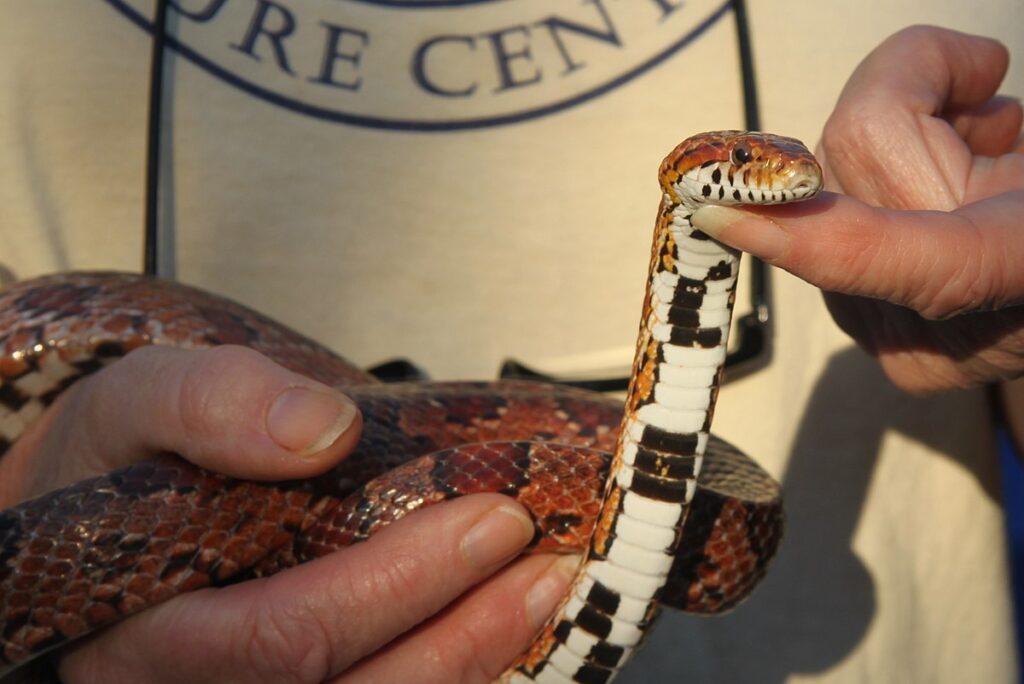
Snakes possess a different type of intelligence than mammals, operating primarily on instinct rather than complex problem-solving abilities. Their brains are structured differently, lacking a neocortex—the area responsible for higher cognitive functions in mammals. Despite this fundamental difference, snakes do have learning capabilities, particularly regarding spatial awareness and recognizing patterns related to feeding and safety. Studies have shown that snakes can learn to associate certain stimuli with positive outcomes, such as recognizing their keeper’s scent or movements that precede feeding time. This basic learning ability forms the foundation for what many experts consider “training” in the context of captive snakes.
Defining “Training” for Reptiles
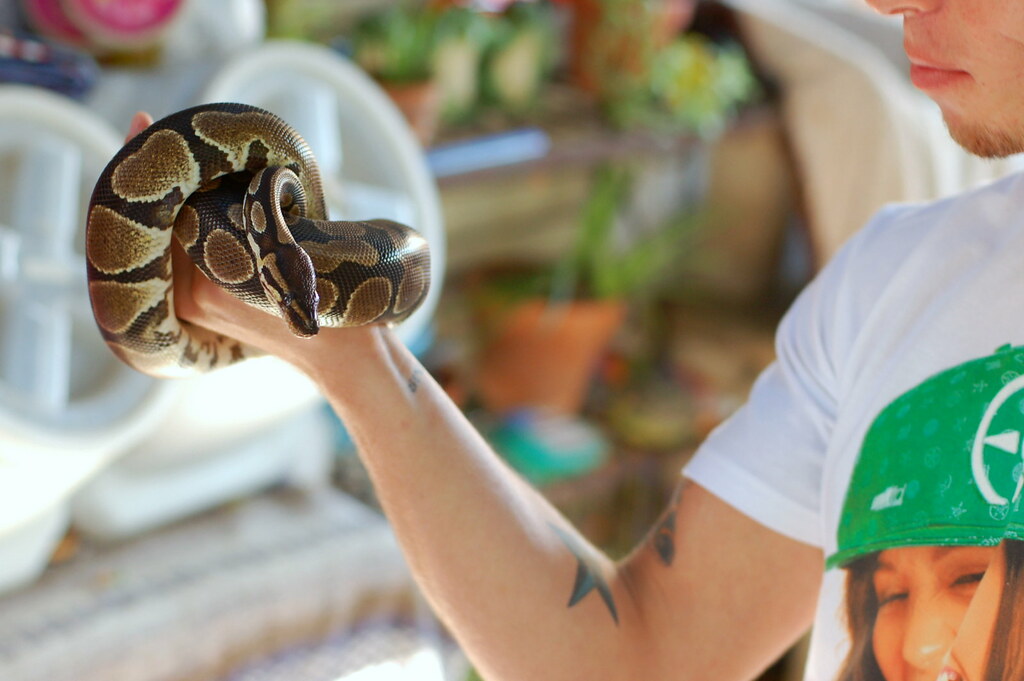
When discussing snake training, it’s crucial to adjust expectations and understand that the concept differs significantly from training dogs or other intelligent mammals. For snakes, training generally refers to habituation (becoming accustomed to handling), desensitization to certain stimuli, and conditioning for specific routines like feeding protocols. Unlike mammals that might learn tricks or commands for social rewards, snakes primarily respond to consistent routines that align with their natural behaviors. Herpetologists emphasize that snake “training” is less about teaching new behaviors and more about working with existing instincts in a way that makes captive care safer and less stressful for both the snake and its keeper.
Habituation: The Foundation of Snake Training
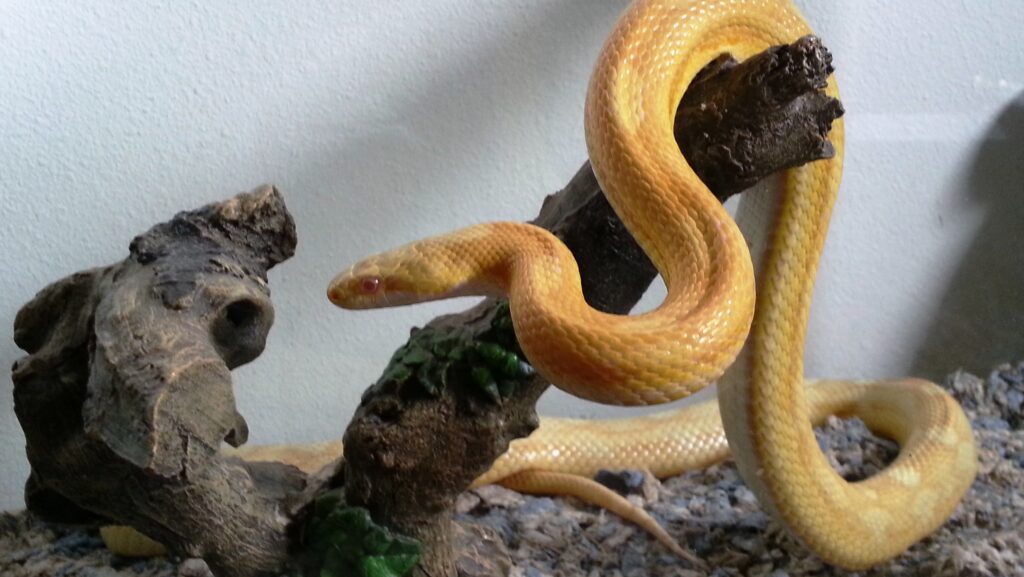
The most basic and essential form of snake training involves habituation—the process of getting your snake comfortable with human presence and handling. This process begins with allowing the snake to become familiar with its environment before introducing handling sessions. Experts recommend starting with brief, gentle handling periods that gradually increase in duration as the snake shows signs of comfort.
Successful habituation results in a snake that remains calm during handling rather than displaying stress behaviors like hissing, striking, or defensive posturing. Many experienced keepers note that snakes handled regularly from a young age tend to become more tolerant of human interaction, though individual temperament plays a significant role in how well a snake adapts to handling.
Species Differences in Trainability
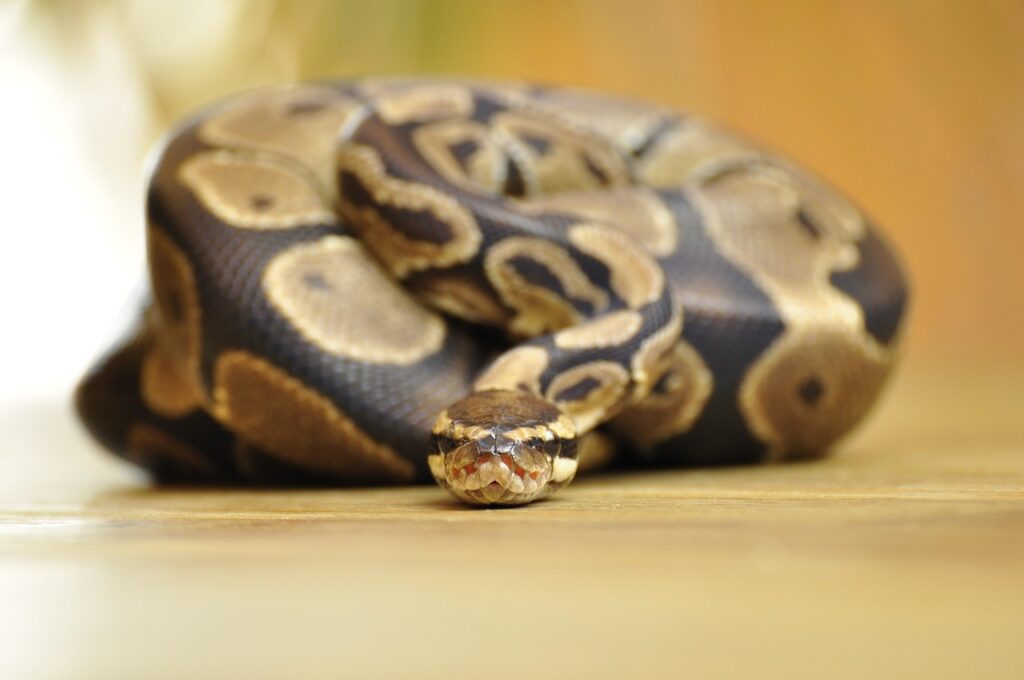
Not all snake species exhibit the same capacity for habituation and conditioning, making some naturally more “trainable” than others. Ball pythons and corn snakes are widely regarded as among the most amenable to handling and routine-based conditioning, often becoming quite docile with regular interaction. In contrast, species like king cobras or black mambas retain strong defensive instincts regardless of captive breeding or handling efforts. Colubrid snakes (such as king snakes and milk snakes) generally fall somewhere in the middle, with individuals showing varying degrees of adaptability to human interaction. Experts emphasize that researching species-specific behavior before acquiring a snake is crucial for setting realistic expectations about potential trainability.
Target Training Possibilities
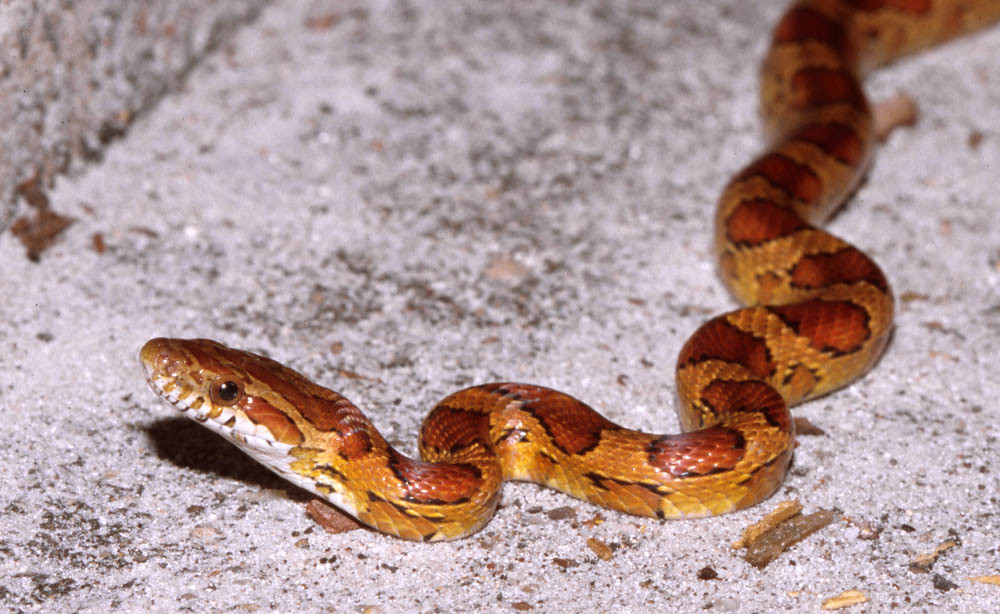
Some advanced snake keepers report success with basic target training, wherein the snake learns to follow or move toward a specific object. This technique typically involves using a designated rod or stick that the snake associates with positive experiences like exploration outside the enclosure or, occasionally, feeding opportunities. The process requires patience and consistency, with trainers presenting the target object and rewarding the snake’s approach with an opportunity to leave the enclosure or receive food. While far from universal, documented cases of successful target training demonstrate that some snakes can form associations between objects and outcomes. Herpetologists note that this type of training works best with naturally curious species and individuals that show food motivation.
Feeding Response Conditioning
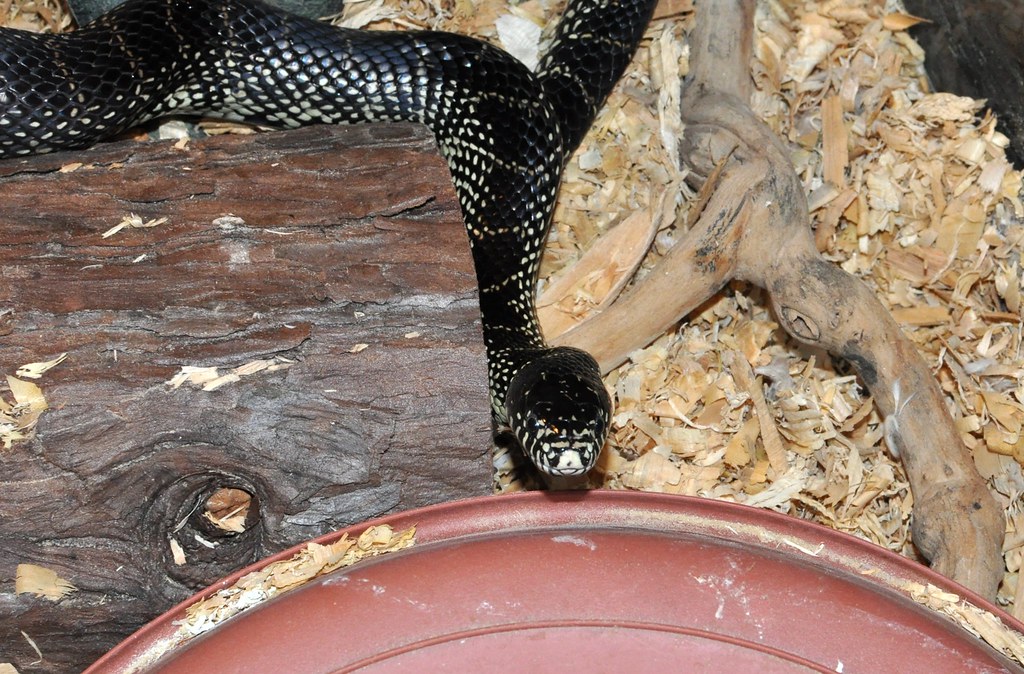
One of the most practical and commonly achieved forms of snake training involves conditioning feeding responses. Many keepers successfully train their snakes to recognize specific cues that indicate feeding time, which helps prevent accidental bites during regular handling. This conditioning might involve using feeding tongs, moving the snake to a separate feeding container, or introducing a specific scent that the snake learns to associate exclusively with food. Over time, these consistent routines help the snake differentiate between handling sessions and feeding opportunities. Experts consider this type of conditioning essential for safety, particularly with species known for strong feeding responses like ball pythons or boa constrictors.
Recognizing Owner and Environmental Familiarity
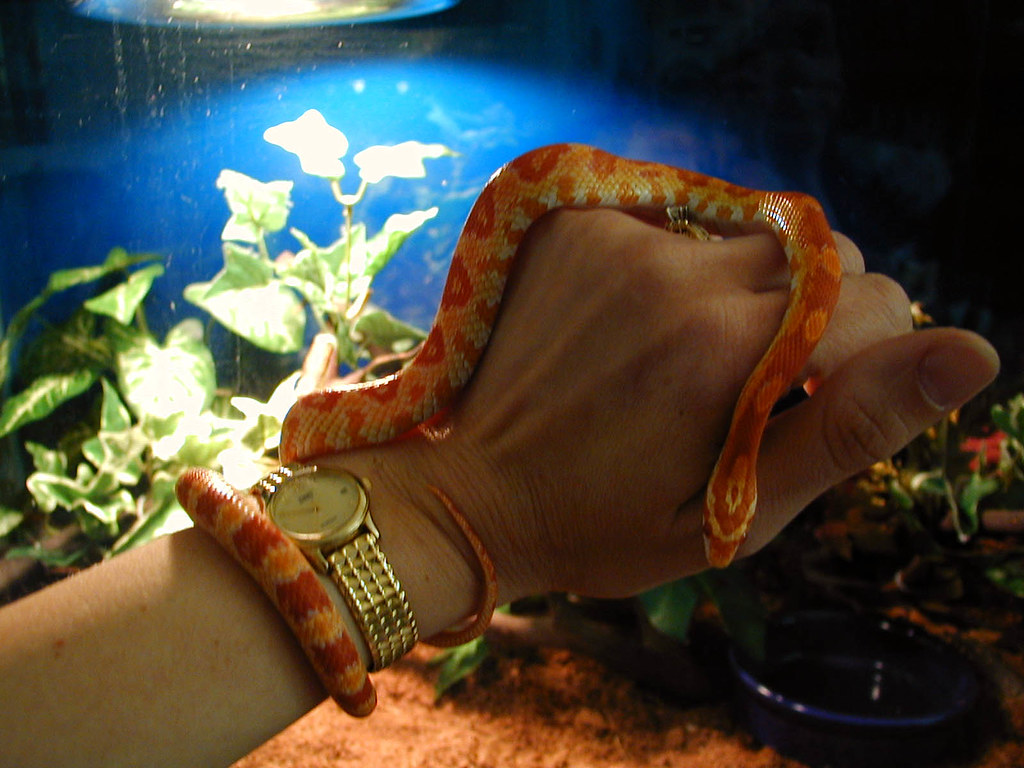
While snakes don’t form emotional bonds in the way mammals do, evidence suggests they can recognize familiar handlers through scent and handling patterns. Experienced keepers often report that their snakes display noticeably different behaviors with them compared to strangers. This recognition appears based primarily on chemosensory information, as snakes rely heavily on their Jacobson’s organ (vomeronasal organ) to process chemical cues from their environment. Some snake owners observe that their pets will voluntarily approach them or remain calmer during handling sessions with their regular caretaker versus unfamiliar people. This capacity for recognition, while limited compared to mammals, represents a form of learning that can facilitate training efforts.
The Role of Consistency in Snake Training
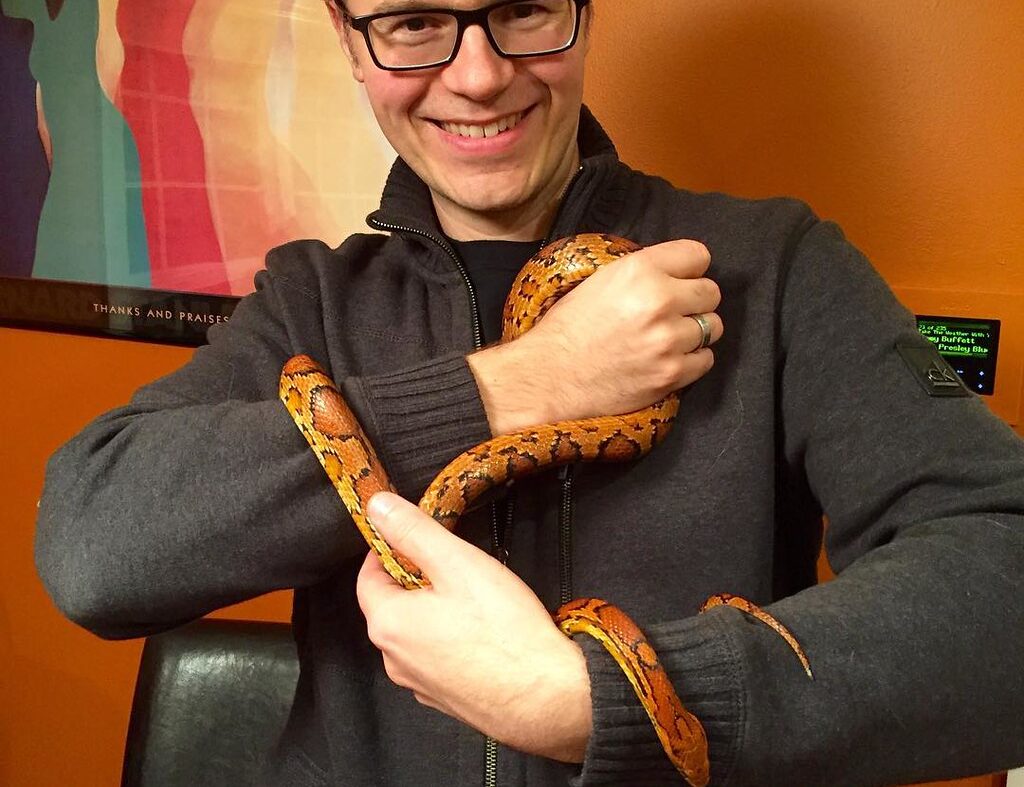
Experts unanimously emphasize that consistency forms the cornerstone of any successful snake training program. Snakes thrive on predictable routines and environments, making regular handling sessions at similar times and using consistent approaches crucial for building familiarity. Sudden changes in handling techniques or environments can reset progress and trigger defensive responses even in well-habituated snakes.
Professional handlers recommend establishing a consistent weekly schedule for handling sessions, maintaining similar room temperatures during handling, and using the same approach techniques each time. This consistency allows the snake to form reliable associations between specific human behaviors and non-threatening outcomes.
Common Training Mistakes to Avoid
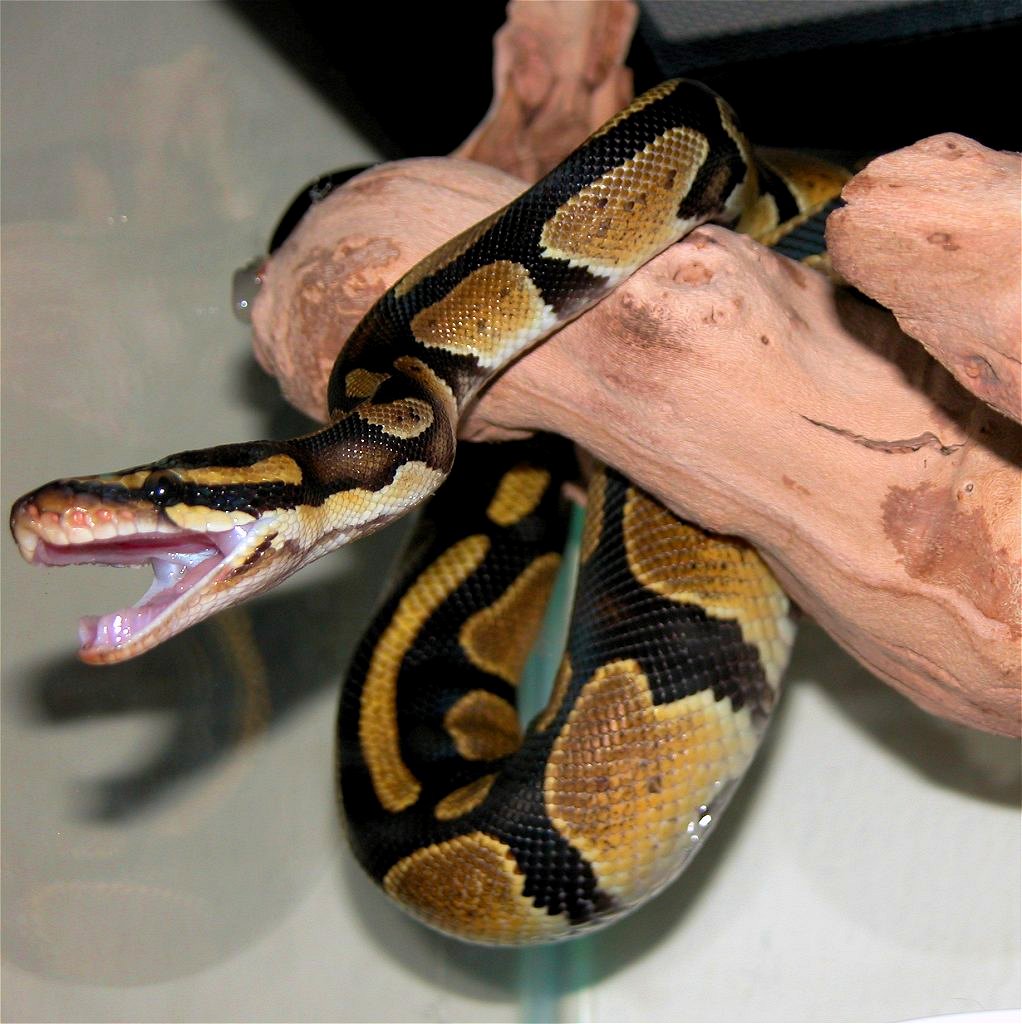
Even well-intentioned snake owners often make mistakes that can undermine training efforts or even reinforce undesirable behaviors. Handling a snake immediately after feeding risks regurgitation and can create negative associations with human contact. Similarly, attempting to handle a snake during shedding periods causes unnecessary stress and may result in defensive behaviors that become habitual.
Experts also caution against inconsistent feeding protocols that can confuse the snake about when to expect food, potentially leading to mistaken feeding responses during handling. Another common mistake involves rushing the habituation process—forcing interaction before the snake has acclimated to its environment—which can create long-term handling difficulties that require extensive work to overcome.
Realistic Training Goals for Snake Owners
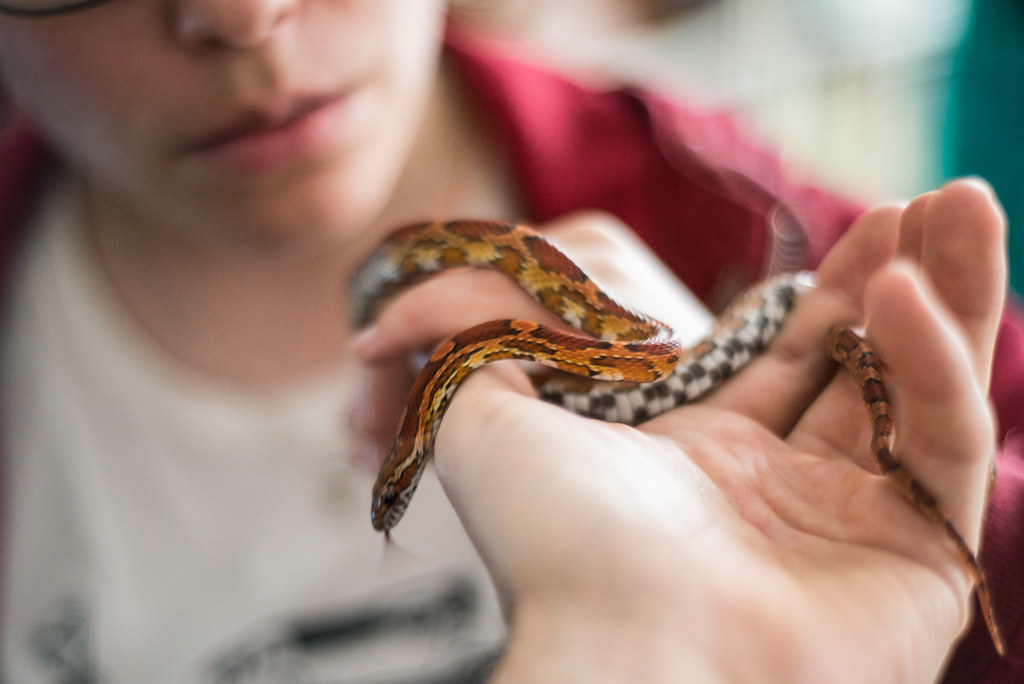
Setting appropriate expectations represents perhaps the most important aspect of snake training. Unlike dogs that might learn dozens of commands, successfully “trained” snakes typically master just a few basic behaviors. Realistic goals include having a snake that tolerates handling without defensive displays, recognizes feeding cues to minimize accidental bites, and perhaps responds to basic target training for enclosure transfers.
More ambitious owners might achieve snakes that willingly approach the front of the enclosure when their keeper enters the room or that follow a target stick to facilitate health inspections. Experts stress that these achievements require consistent effort over months or years, with progress highly dependent on the individual snake’s temperament and species characteristics.
Scientific Research on Snake Learning
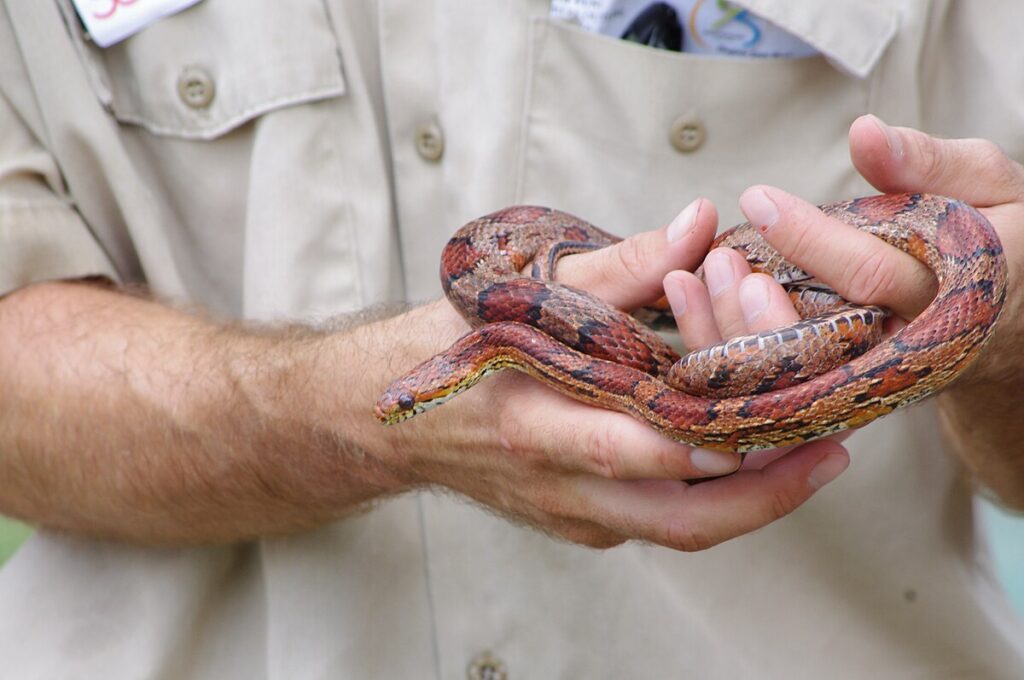
The scientific understanding of snake cognition continues to evolve, with recent studies providing intriguing insights into their learning capabilities. Research conducted at the University of Rochester demonstrated that corn snakes could navigate mazes with increasing efficiency over repeated trials, suggesting spatial learning abilities.
Additional studies have explored operant conditioning in various snake species, finding that many can learn to associate specific actions with rewards, particularly when food motivation is involved. While these studies confirm basic learning capabilities, they also highlight the limitations—snakes generally require many more repetitions than mammals to form associations, and their learning appears narrowly focused on survival-relevant stimuli. This research helps establish realistic parameters for what snake owners might achieve through training efforts.
When Training Efforts May Not Work
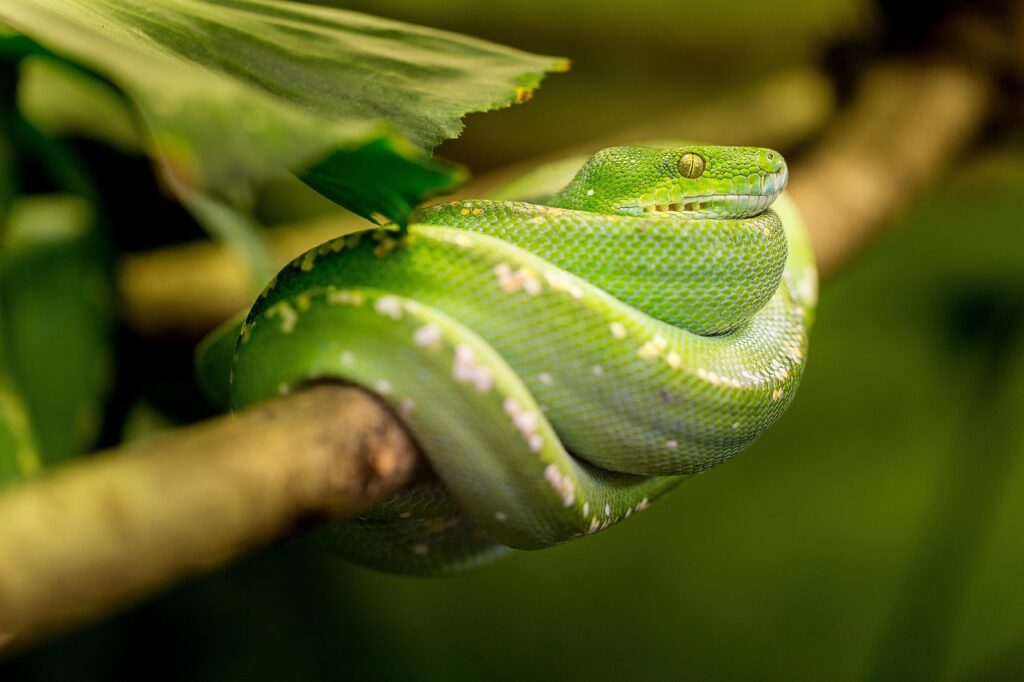
Despite consistent efforts, some snakes remain resistant to training attempts due to various factors. Wild-caught specimens often retain strong defensive instincts that prove difficult to modify, even after years in captivity. Certain species, particularly those with naturally aggressive temperaments or highly specialized ecological niches, show limited adaptability to handling regardless of technique or consistency.
Individual personality also plays a significant role—just as with mammals, some snake individuals simply possess more reactive or defensive temperaments. Health issues can likewise interfere with training progress, as snakes experiencing pain or discomfort may display defensive behaviors that mimic untrained responses. Experts advise considering rehoming particularly resistant individuals to specialized keepers if the snake shows ongoing signs of stress despite appropriate training approaches.
The Ethics of Snake Training
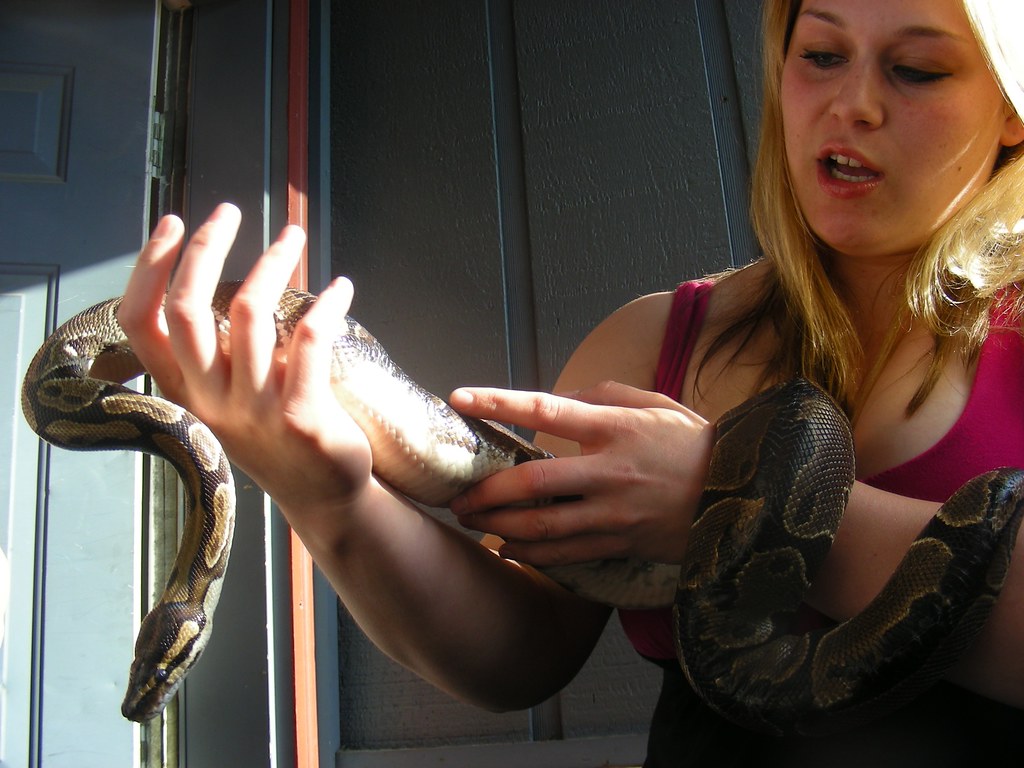
The reptile keeping community continues to debate ethical considerations surrounding snake training practices. Responsible experts emphasize that all training should work with—rather than against—the snake’s natural behaviors and instincts. Techniques that cause distress or attempt to force unnatural behaviors raise serious welfare concerns and typically prove counterproductive. The primary goal of snake training should center on reducing stress in captivity and creating positive associations with necessary handling for health checks and enclosure maintenance.
Ethical training approaches recognize the snake’s biological limitations and respect individual temperament differences rather than attempting to create an unnaturally docile pet. Professional herpetologists stress that keeping certain highly defensive species may not be appropriate for owners seeking a regularly handleable pet.
Conclusion: What Experts Really Think
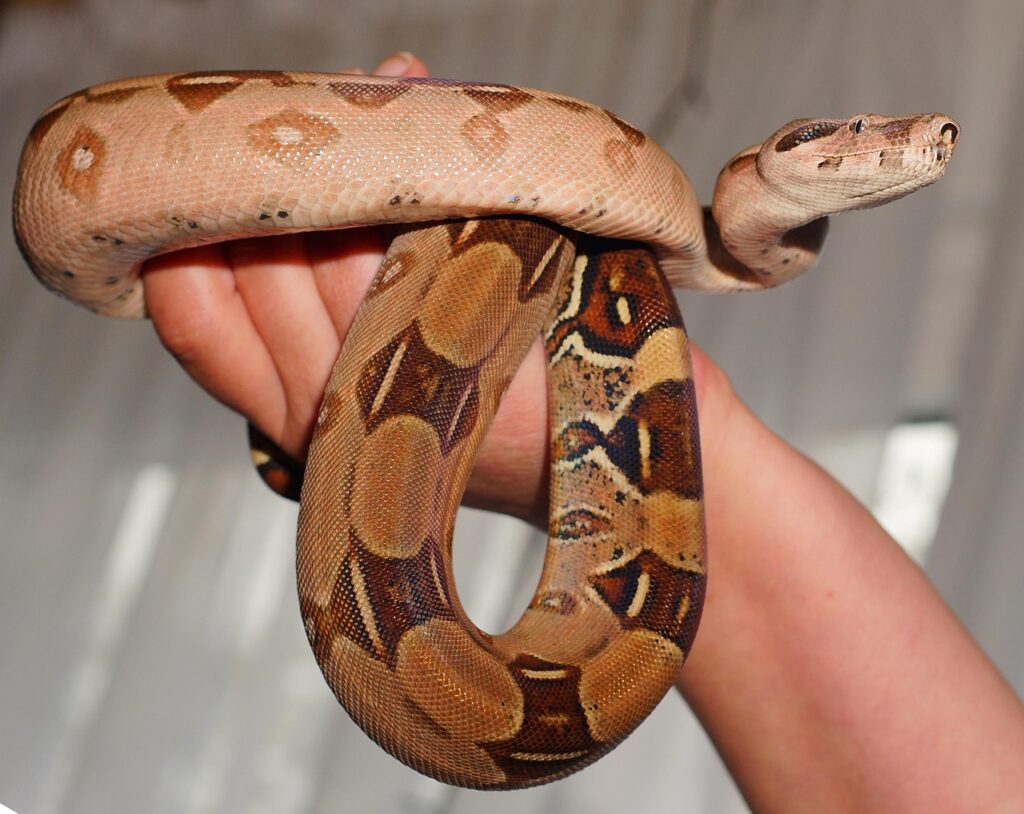
The consensus among herpetologists, reptile behaviorists, and experienced keepers acknowledges that snakes possess limited but real learning capabilities that allow for basic training. Most experts agree that while snakes cannot be trained in the same manner as dogs or other intelligent mammals, they can become accustomed to handling, recognize routine cues, and form basic associations that facilitate captive care. The key lies in understanding species-specific behaviors, respecting individual temperament differences, and maintaining consistent, patient approaches to interaction.
For prospective or current snake owners, setting realistic expectations remains crucial—a well-trained snake will never perform tricks or seek affection, but can become a calm, predictable companion that tolerates necessary handling with minimal stress. This realistic approach to snake training enhances the welfare of captive snakes while creating safer, more rewarding experiences for their keepers.

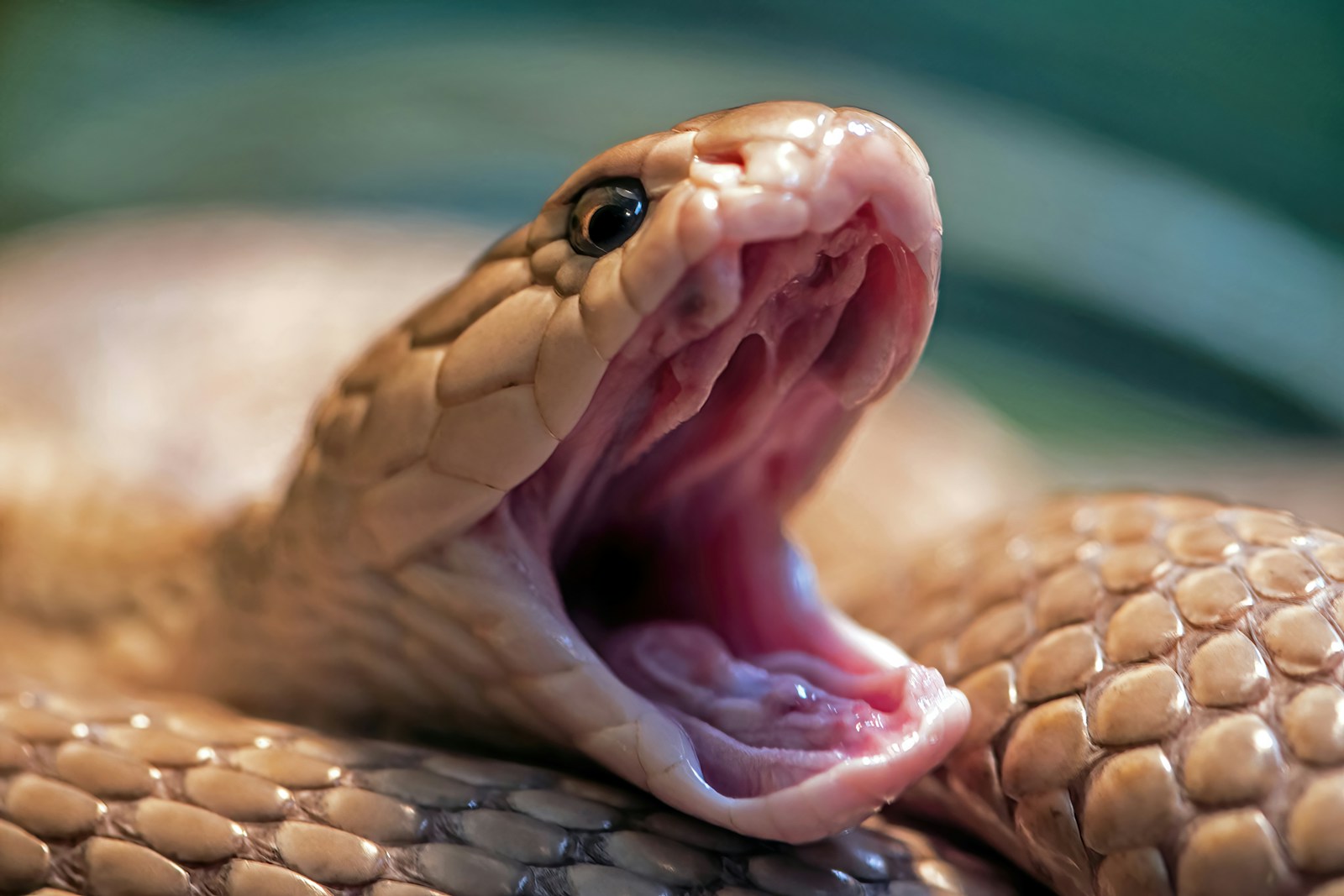

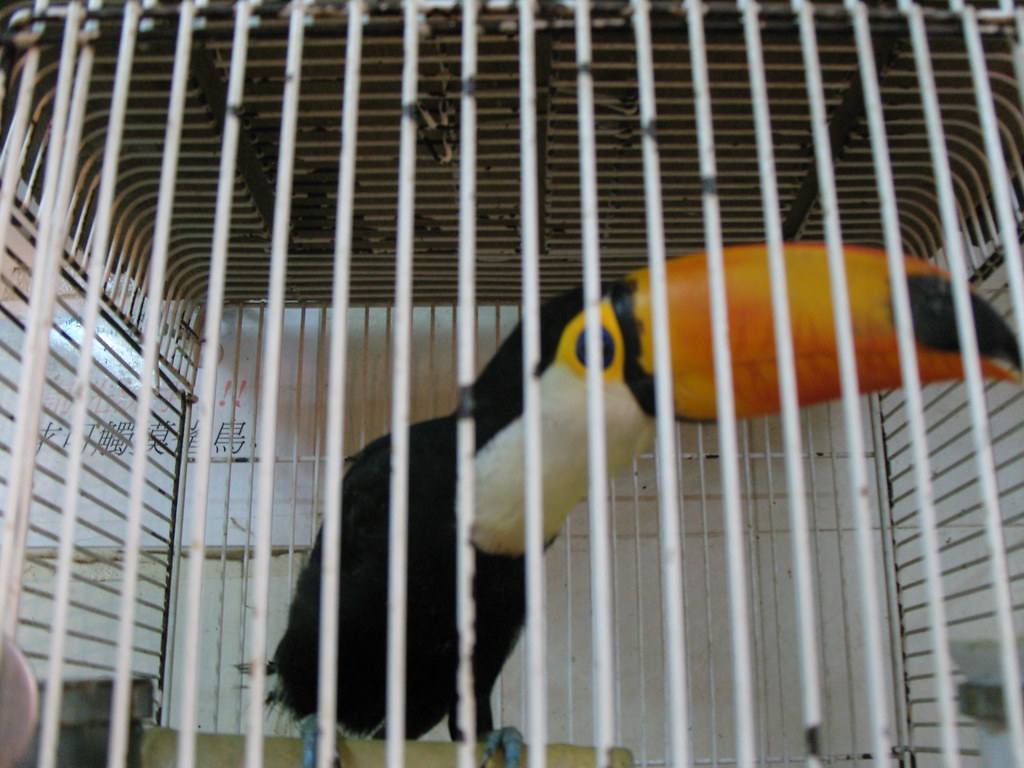
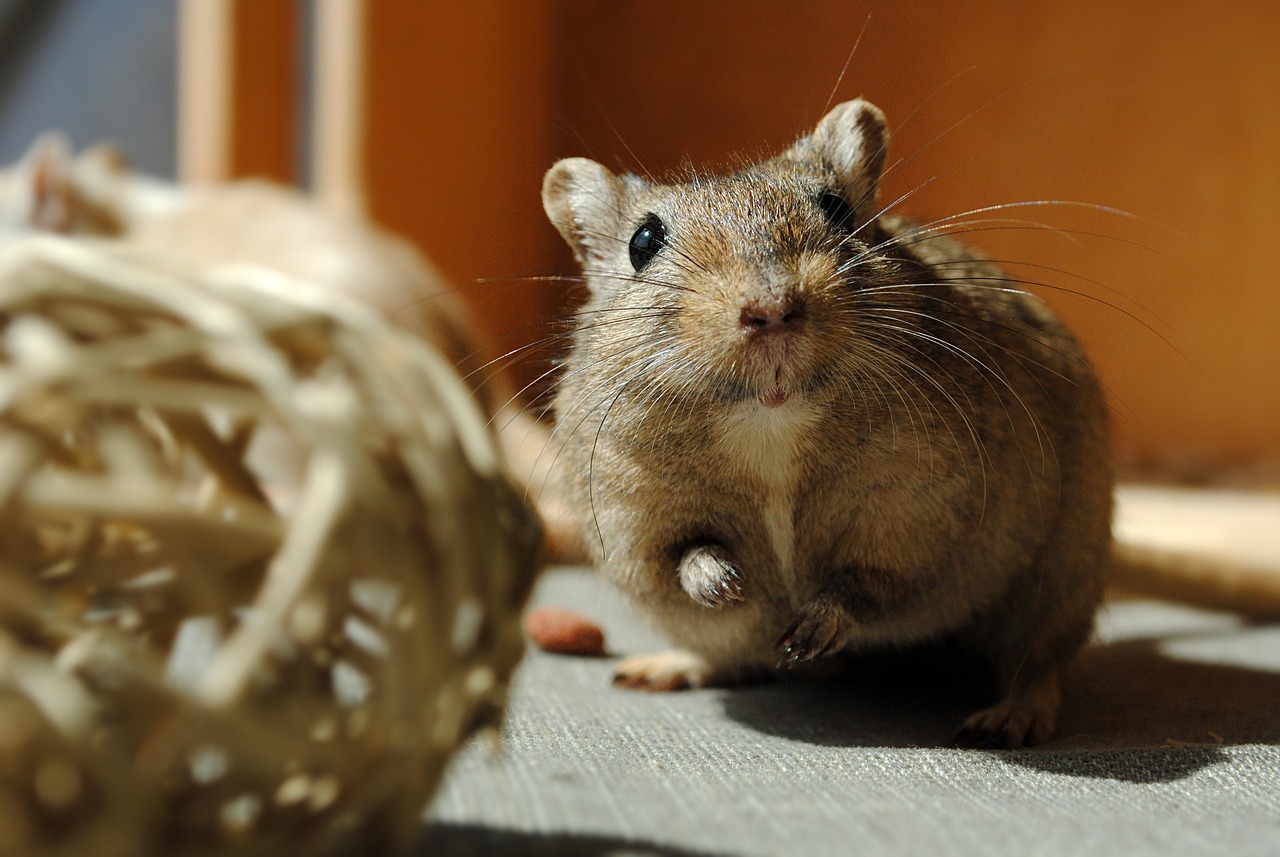
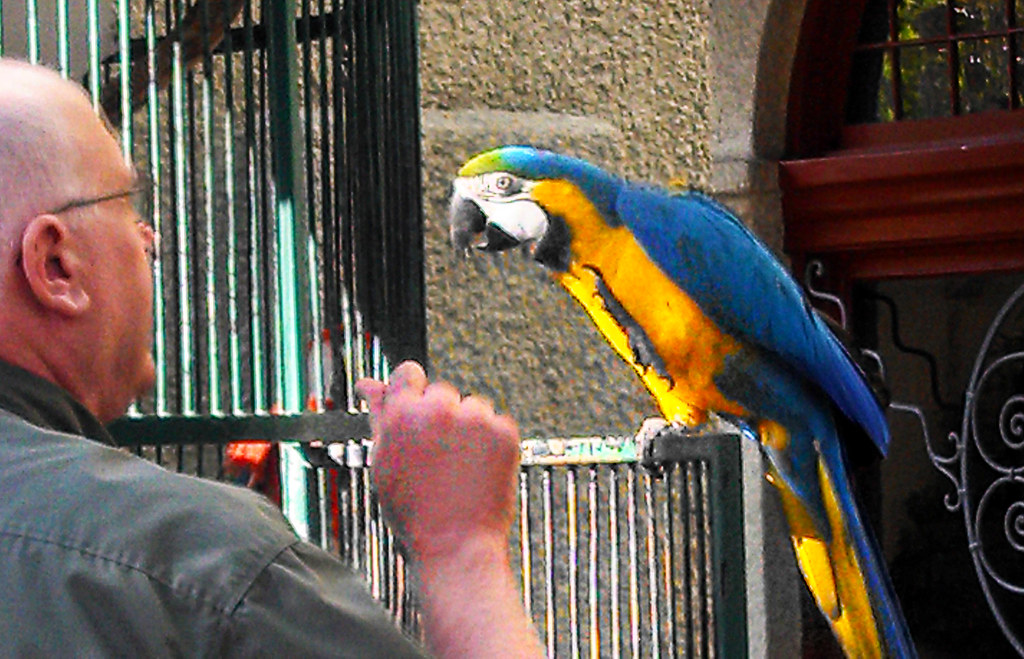
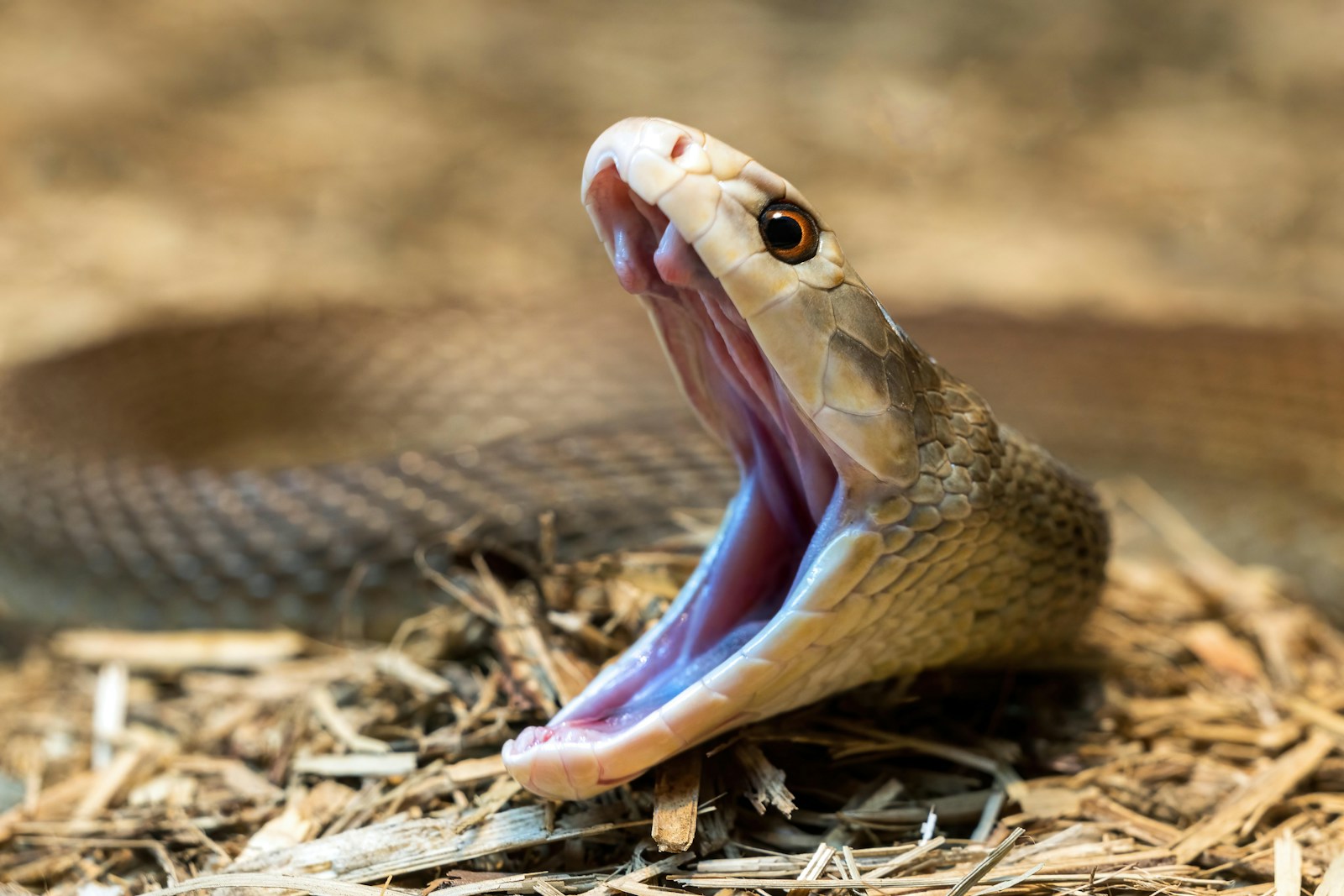
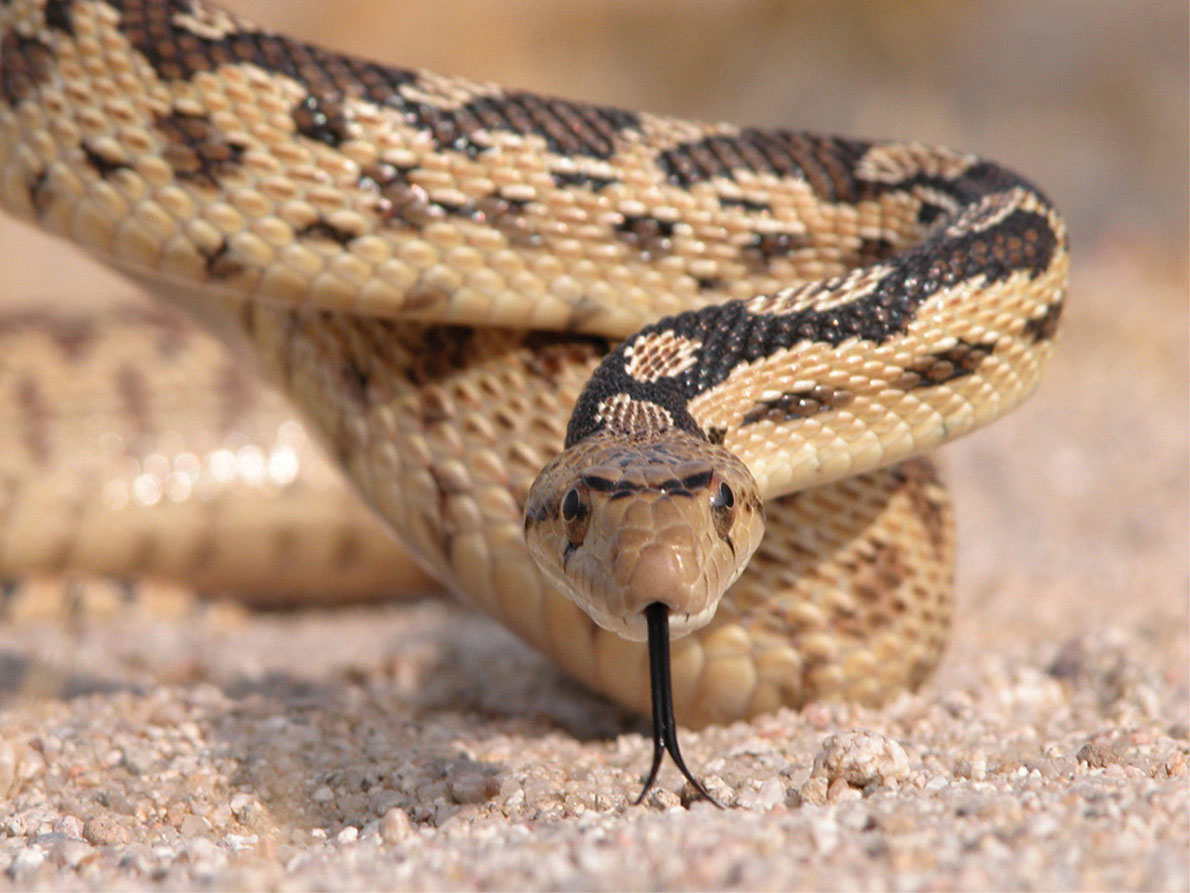
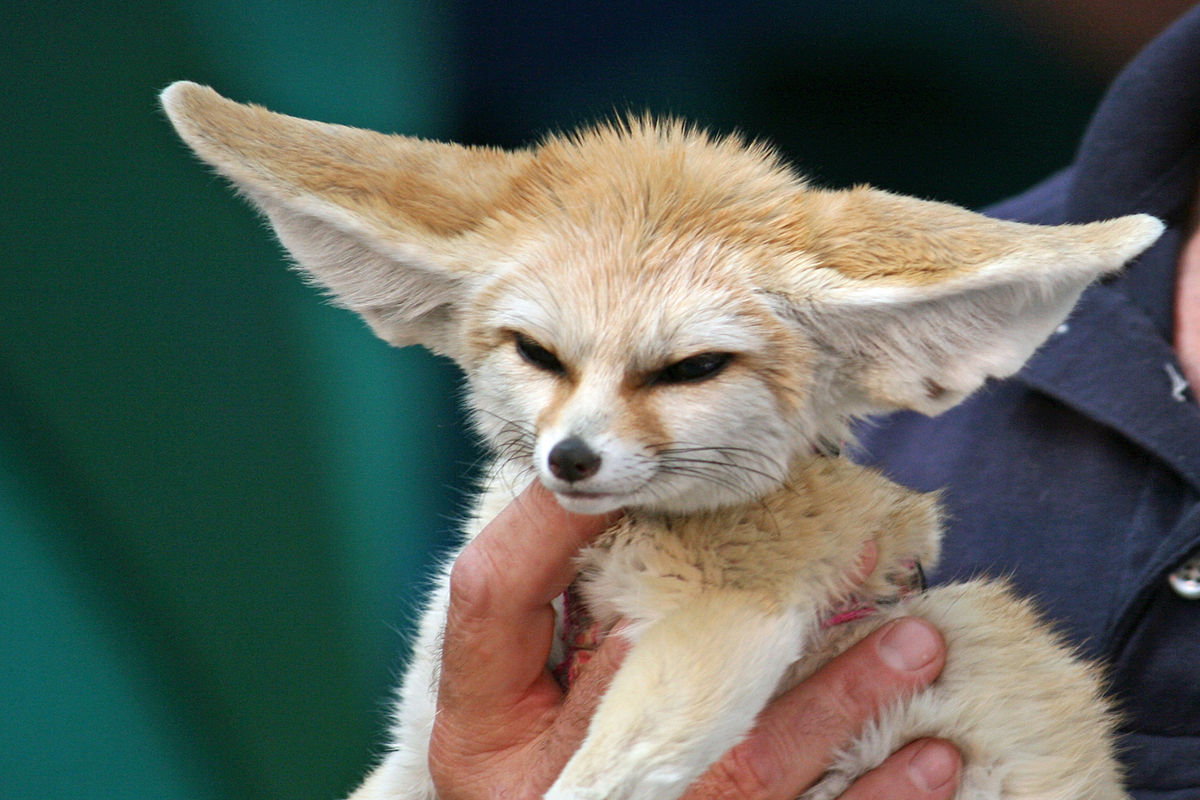
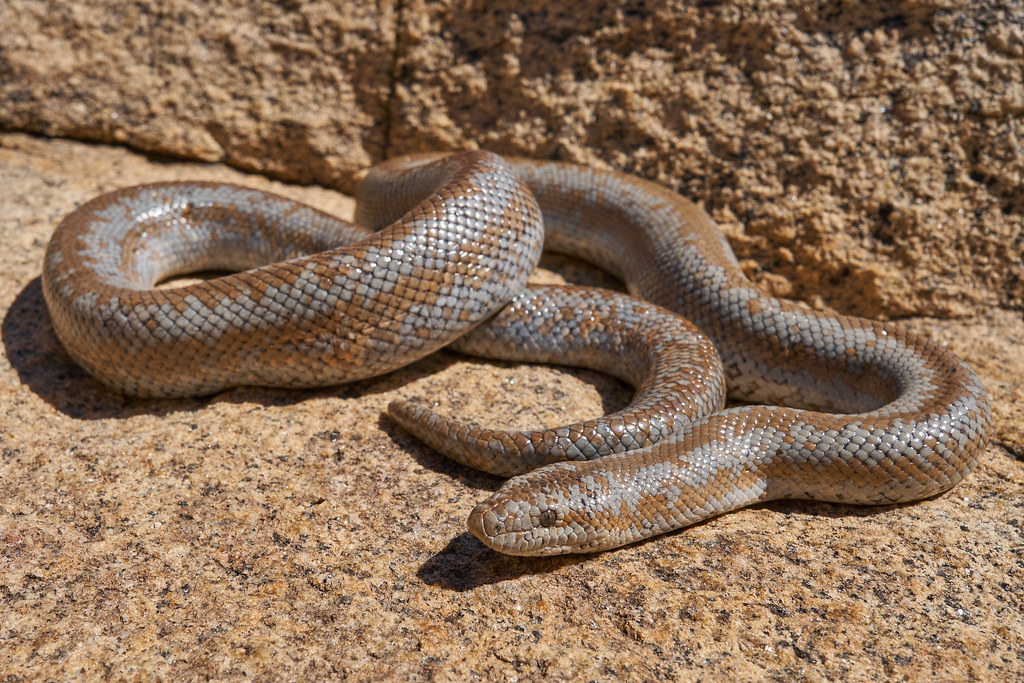
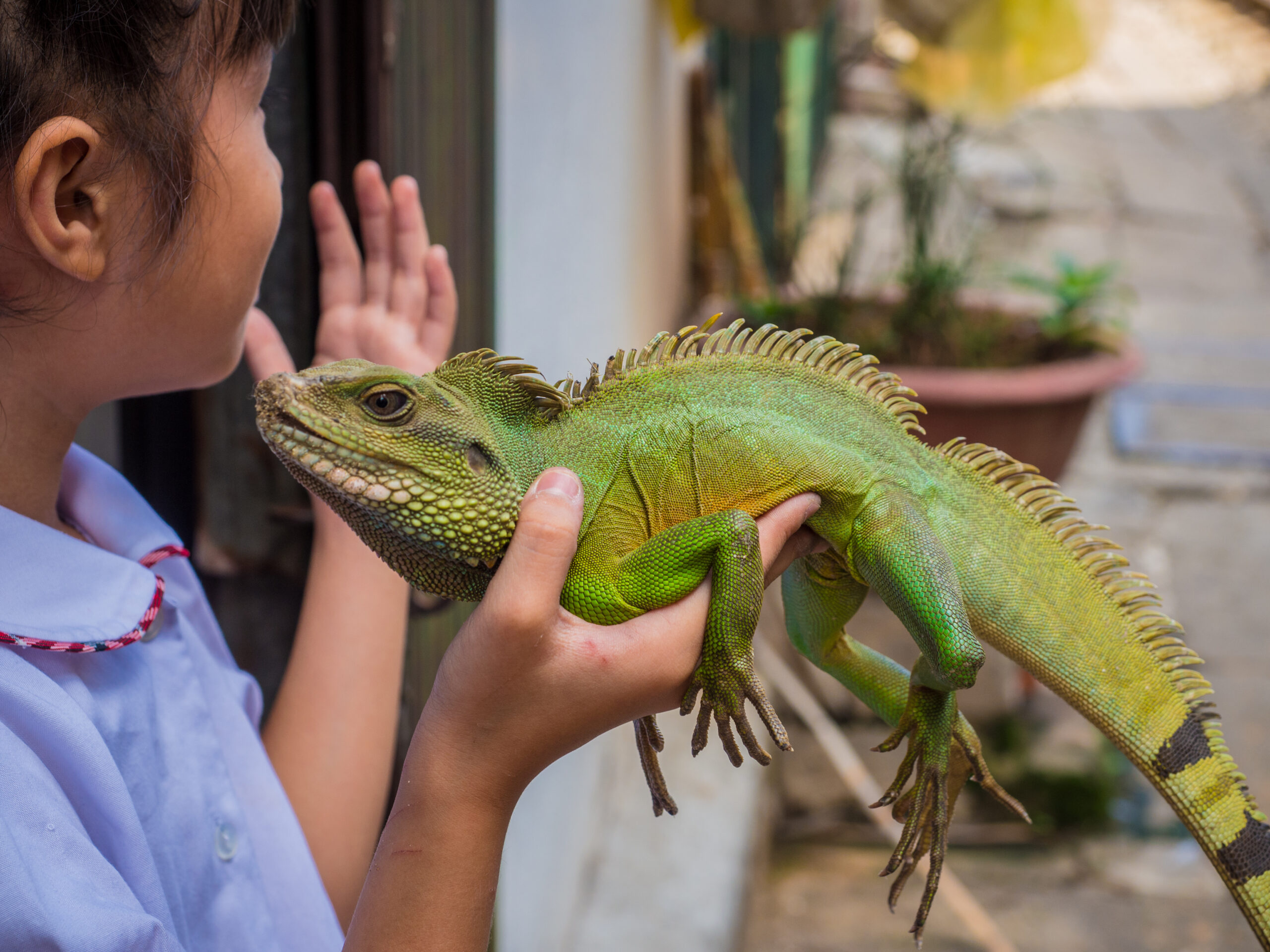




Leave a Reply